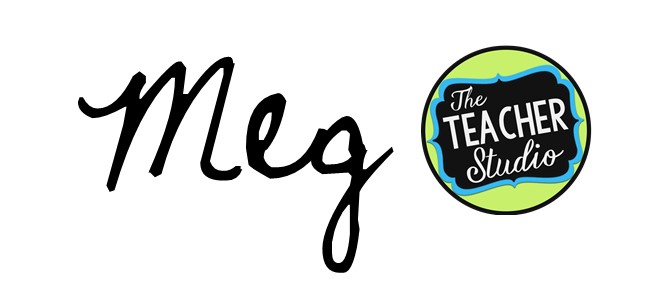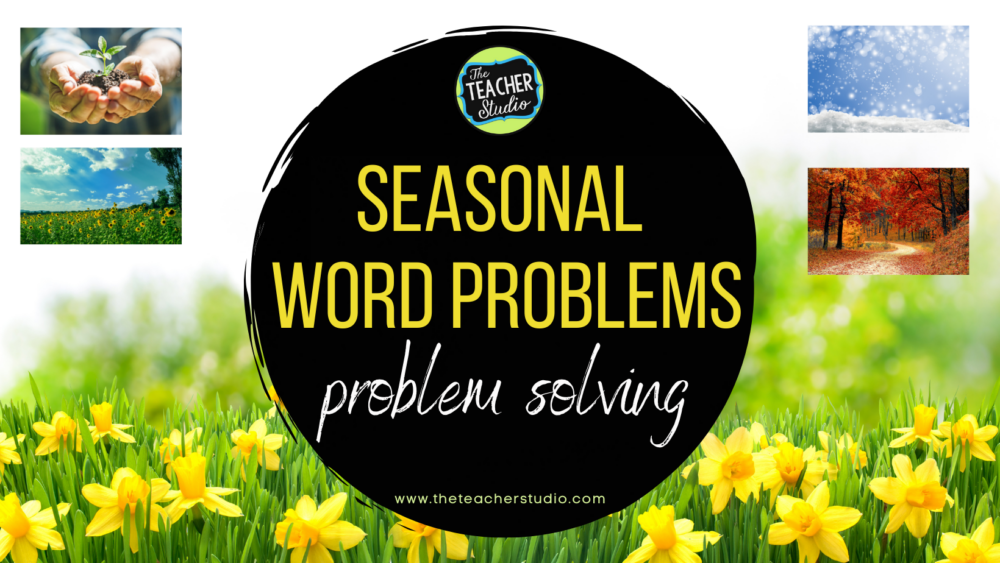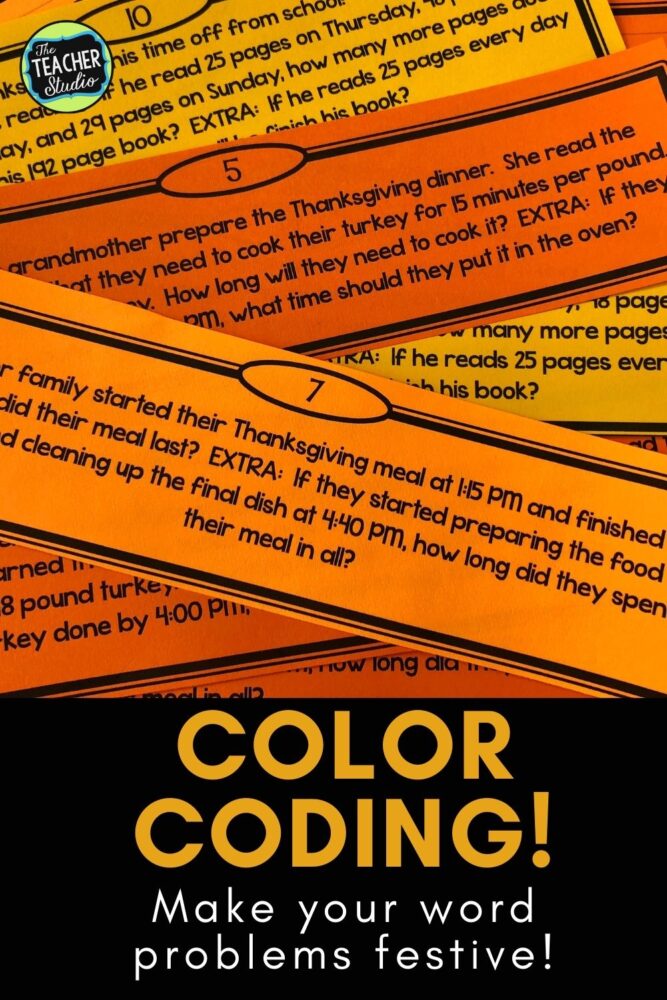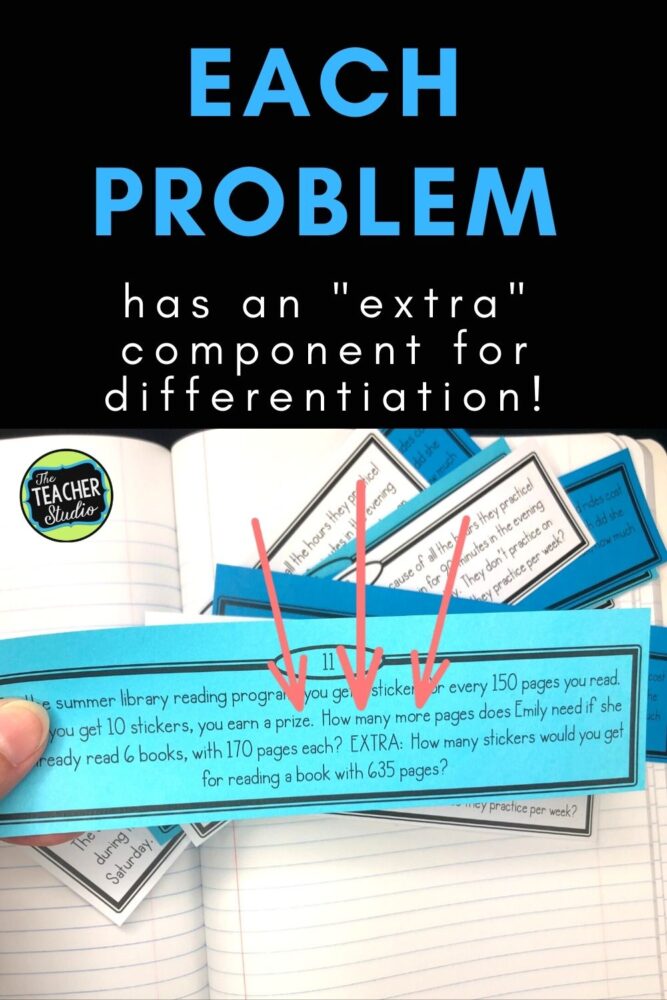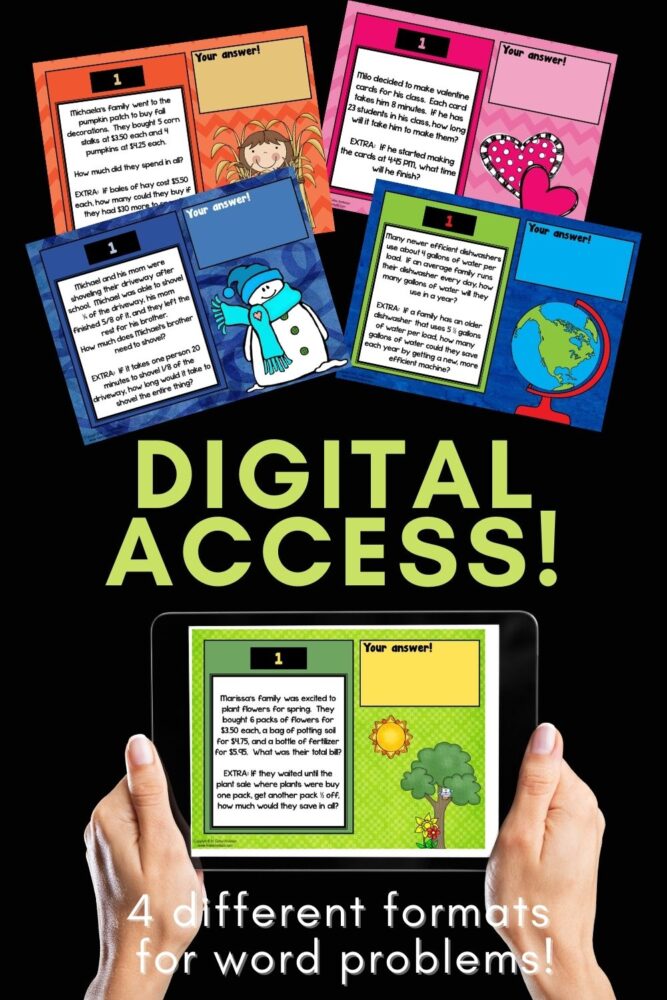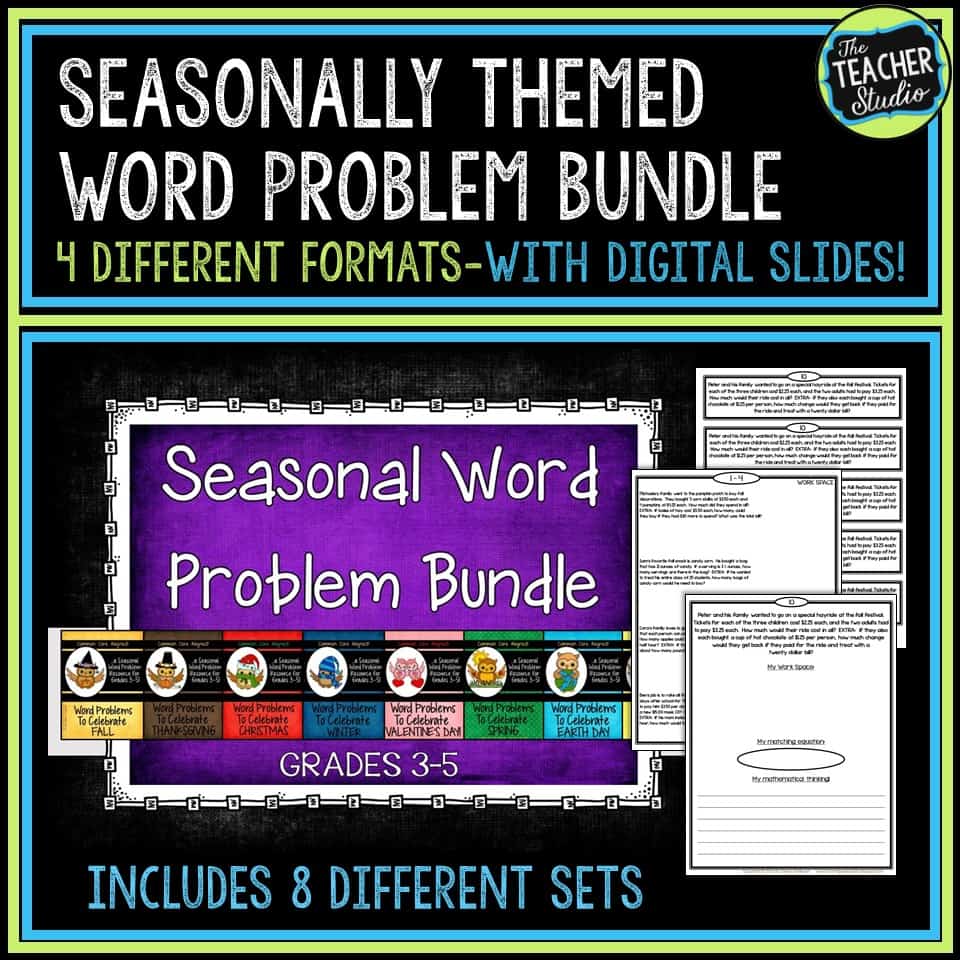We all know that word problems and problem solving are key components of ANY quality math program. Today I want to share how using seasonal word problems can be a quick and easy way to keep things fresh and engaging in your classroom!
Because every math series or curriculum is different and paced differently, there is no room for “seasonal” real-world problems. I wanted to have a collection of word problems that I could use throughout the year to capture my students’ interest in a timely way. It was important for me to have real-world, seasonal word problems that my students would really need to persevere to tackle and that I could use in different ways. Plus, it’s a lot more fun to solve problems that seem “real”. In the winter, we solve wintry problems. Around Earth Day, we solve environmental problems. It makes sense!
Why did I write these?
Over the years I have noticed that students tend to look for routine in math class. If it’s a division unit, they will divide any two numbers they find! If it’s a subtraction unit, they try to regroup everything! I feel that textbooks often take the thinking out of the math. If students are studying subtraction, they will automatically try to subtract. This is completely counter to the standard of “make sense of problems and persevere”. This standard demands that students (not the unit) need to unpack the problem to determine what to do. For that reason, I try hard to sprinkle in a variety of problems all year that require students to think and apply what they have learned—perhaps draw a picture or make a table to help. But, most importantly, students need to THINK about math.
Food for thought
So I ask you to consider how often you “mix things up” and force your STUDENTS to determine what strategies and operations to use. Do you revisit concepts from the past? Do students go into each problem ready to break it apart and make some decisions about how to get started solving it? My challenge to you is to find as many opportunities for this type of problem solving as possible. To get started, check out this list of ways to add more problem solving into your daily math class!
Ways to use seasonal word problems
- Use one problem as a class daily warm up
- Use as a rotation in math workshop
- Copy on colored paper to match the season. It’s the little things–students love it!
- Students can draw pictures/illustrations to show their problem solving
- Have fast finishers tackle these when their other work is complete. NOTE: Please don’t reserve quality problem solving experiences only for your fast finishers, however!
- Every few days, dedicate a part of your math time solely focused on problem solving
- Use in partners. First of all, I recommend having students try the problems alone first for a few minutes. This gives them time to wrap their head around the task and makes them a better partner. After the first few minutes, have them buddy up and see how far they can go!
- Use as homework or additional practice
- Hang paper copies of seasonal word problems in a pocket chart for easy access (Check out this blog post for more about this!)
- Pick a problem solving day where students work to solve the problems. After that, share solution strategies.
- Create a problem solving “wall of fame” where examples of precise, organized work can be displayed. Sometimes I even ask students to make a “final copy” of their math to really think through how to help others understand their organization.
How can I help?
So years ago I wrote problems for me to use with my students to help with all these things. I wanted fall problems. I wanted winter problems. Yes, I wanted Earth Day problems. You get the picture. I also knew that I wanted problems to be accessible to my students–but also have a way for my fast finishers to keep going. Therefore my seasonal problems ALL have a “part 2” or “extra” component. It’s perfect because instead of having 12 great word problems for each set, I really have 24!
People always ask me, “What grade are these best for?” This is really hard to say. Students come to us with different backgrounds, different exposure to problem solving, and a variety of math skills. I would say that I wrote these problems to begin at an end-of-year third grade level and move through 4th and 5th grade level expectations.
I also use the problems in so many different ways that I wanted to create something super flexible for other teachers as well. Problems are included in FOUR formats:
- with multiple copies on a page for students to cut out and glue into a math journal
- on reproducible pages to use as practice sheets (4 problems per page)
- on full sheet pages that give workspace for one problem, a place for students to write matching equations, and a lined area for students to explain their work—an important part of the CCSS!
- AND NOW WITH DIGITAL SLIDES! Let me tell you–during my virtual teaching, this was SO helpful. Even now that I’m in the classroom, I love the flexibility of being able to assign these virtually.
Want to give them a try?
In my quest to make life easier for you, all answers are included as are three rubrics to use to help in scoring the Standards for Mathematical Practice!
If you are looking for a way to incorporate more problem solving with little fuss or planning–these may be just what you need! You can find each of the 8 sets in my Teachers Pay Teachers store or the bundle of all 8 at a nice discount.
See what you think!
Thanks for stopping by! Know that I am with you in the teaching trenches and am here to try to make life easier–but BETTER for you and your students!
Make sure you follow me on Facebook, Instagram, and my TpT store for updates and more! CLICK HERE to sign up for my weekly newsletter so you don’t miss an update, sale, or blog post!
